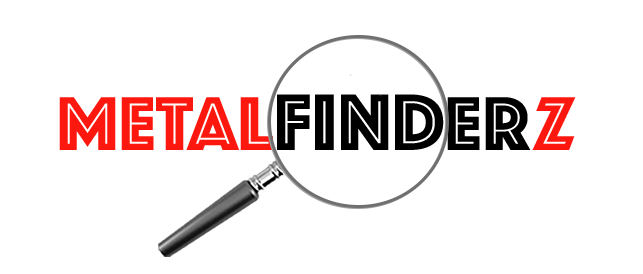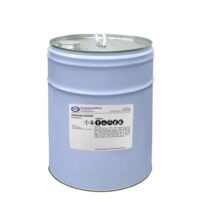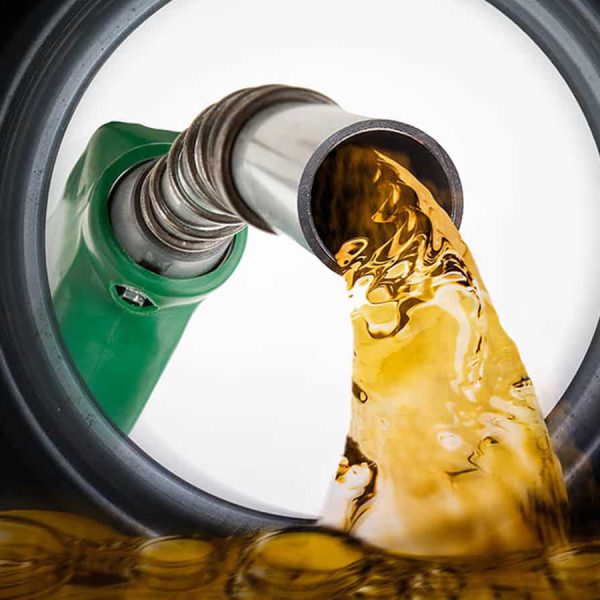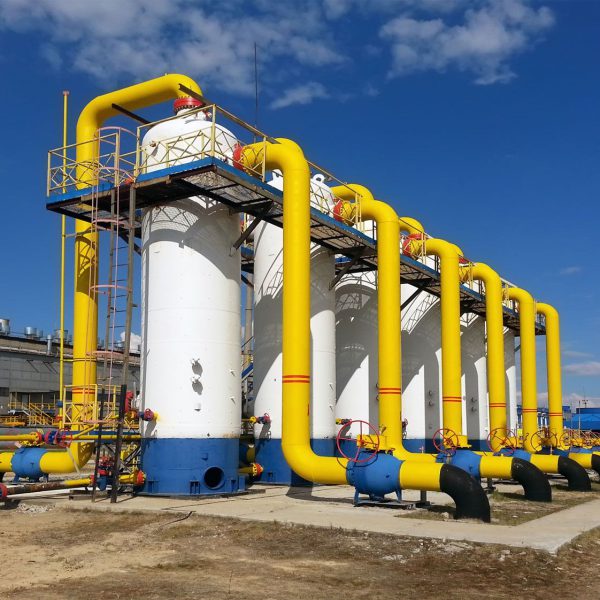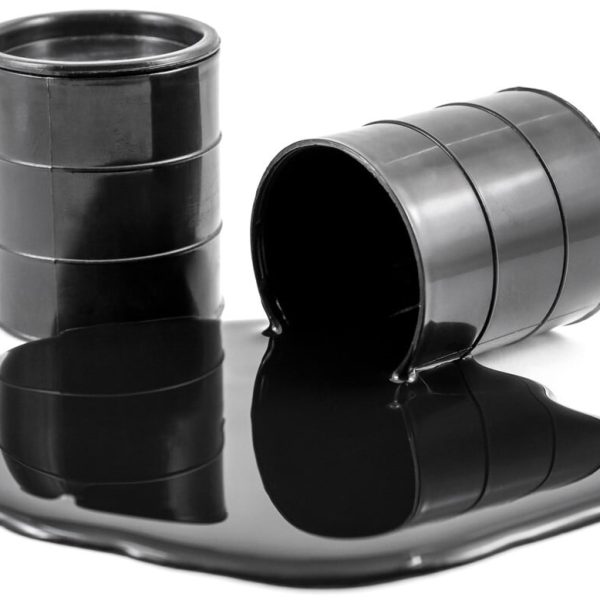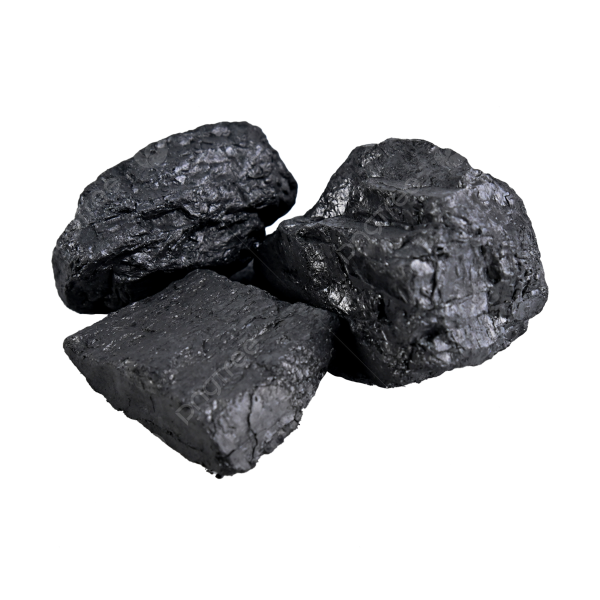Kerosene: The Multifaceted Fuel Beyond Jet Engines
Description: Kerosene, also known as paraffin or jet fuel, is a refined petroleum distillate composed primarily of hydrocarbons heavier than gasoline but lighter than diesel. It’s a versatile fuel with several applications, including:
- Aviation: Primarily used as jet fuel for powering airplanes, providing high energy density and clean burning characteristics.
- Heating: Commonly used in space heaters, lamps, and cooking stoves in areas with limited access to natural gas or electricity.
- Industrial: Used in various industrial processes, including metalworking, solvent cleaning, and asphalt production.
- Illumination: Traditionally used in kerosene lamps for lighting in remote areas, though declining in this application.
Key Source Countries: China, India, the United States, Russia, and Saudi Arabia are the top five kerosene producers globally, accounting for over half of world output. Significant production also occurs in Japan, South Korea, Iran, Iraq, and Indonesia.
World Output Volumes: In 2022, global kerosene production reached approximately 100 million tonnes (2.4 million barrels per day), with aviation fuel representing the largest share. Demand trends vary across applications, with aviation expected to recover from pandemic lows while heating demand might decline due to electrification.
Major Producers and Market Share:
- China (25%): Rapidly growing production fueled by domestic demand, particularly in aviation and heating. Key players include Sinopec and PetroChina.
- India (18%): Rising production caters to domestic heating and lighting needs. Reliance Industries and Indian Oil Corporation dominate the market.
- United States (15%): Leading producer due to advanced refining infrastructure, with exports primarily focused on aviation fuel. Companies like ExxonMobil and Chevron are major players.
- Russia (12%): Lukoil and Rosneft hold significant shares, with exports primarily focused on European and Asian markets.
- Saudi Arabia (10%): Aramco, the state-owned giant, exports jet fuel globally, with some domestic use for heating and lighting.
Forms of Trade: Kerosene trades in two primary forms:
- Physical Delivery: Transported via pipelines, tankers, and barges to storage facilities for further distribution to airports, heating suppliers, and industrial users.
- Futures Contracts: Traded on international exchanges, primarily for jet fuel, allowing airlines and other users to hedge against price fluctuations.
Price Trends (Past 5 Years): Kerosene prices, particularly for jet fuel, have exhibited volatility:
- 2018: Prices averaged around $75/barrel due to oversupply and weak demand in aviation.
- 2019: Prices rose to $85/barrel due to geopolitical tensions and supply disruptions.
- 2020: Prices plummeted to $40/barrel due to the COVID-19 pandemic and collapse in air travel.
- 2021: Prices surged to $120/barrel due to a global energy crisis, supply chain disruptions, and rebounding aviation demand.
- 2022: Prices remained high, averaging around $90/barrel, with fluctuations based on global events and refining margins.
Major Importing Countries:
- United States (20%): High aviation demand and significant heating needs in colder regions drive imports.
- China (18%): Rapidly growing aviation sector and increasing reliance on kerosene for heating fuel.
- India (15%): Domestic demand for heating and lighting fuels imports.
- European Union (10%): Relies on imports for both aviation and heating needs.
- Japan (5%): Imports kerosene primarily for jet fuel and some heating applications.
Major Exporting Countries:
- Russia (20%): Exports kerosene, primarily jet fuel, to Europe and Asia, facing potential disruptions due to sanctions.
- United States (18%): Exports jet fuel globally but also imports for regional needs.
- Saudi Arabia (15%): Major global exporter of jet fuel, with shipments reaching countries worldwide.
- South Korea (8%): Exports kerosene based on its advanced refining capabilities.
- India (7%): Exports some kerosene but primarily focuses on domestic needs.
Other Important Aspects for International Traders and Buyers:
- Quality Specifications: Jet fuel undergoes stringent quality control based on international standards (Jet A-1, Jet A-2) to ensure safety and performance.
- Taxes and Duties: Governments levy taxes and duties on kerosene, impacting final consumer prices and trade flows.
- Refining Margins: The difference between crude oil prices and kerosene prices reflects refining costs and profitability.
- **Storage and Logistics
